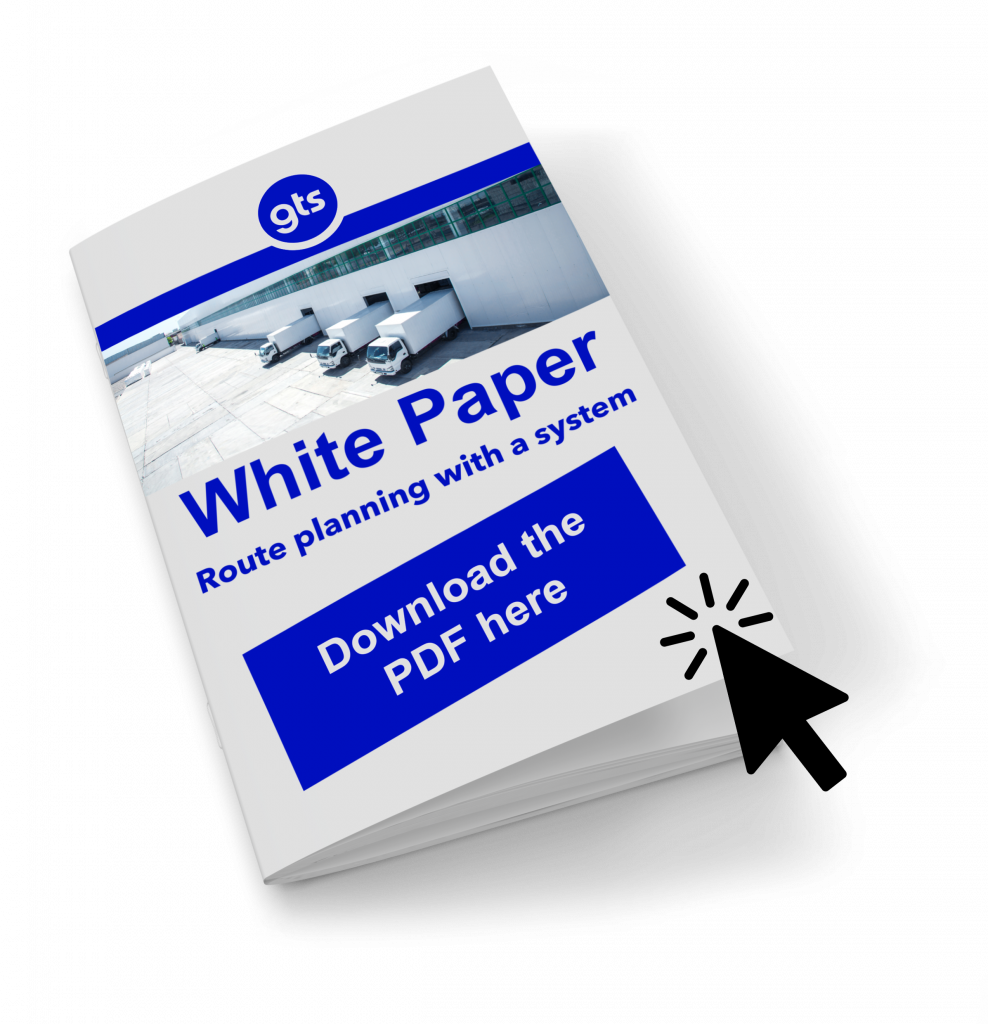Features of our tour planning software.
Our software for optimisation procedures will get your company miles ahead thanks to intelligent features. Because there are fundamentally diverse and complex tasks for every industry and company, we have developed a number of features that you can use to precisely plan and optimize your projects. Reloading depots, mixed-loading prohibitions, late-shift vehicles... we take into account your special criteria.
The optimisation procedures support the simultaneous delivery and collection of goods or persons. Capacity restrictions of the vehicles are complied with at all times. If necessary, the order is adjusted so that the deliveries are carried out before collection is carried out.
Since there is not always only one determining capacity, the application supports three different dimensions that are checked in parallel. The capacity designation can be adapted to the respective application so that, for example, food deliveries can be indicated in crates or the number of persons transported in passenger transport can be limited.
In addition to simple time windows for delivery or collection, the application supports weekday-related opening hours, which can also be specified several times for one day (e.g. in the morning and afternoon). Exclusion periods are also relevant for orders with a delivery period of several weeks (e.g. furniture deliveries, service orders). The intervals resulting from the combination of all time specifications can be visualised in the planning window.
Not all orders can be carried out with every vehicle and not just for capacity reasons. This may be due to necessary equipment of the vehicle (e.g. platform lifts), structural conditions at the order location (e.g. passage height) or necessary special permits (e.g. airport). The possible combinations of vehicles and orders can be limited in different ways in the application.
The basic periods of use of the vehicles can be defined. For example, special early or late-shift vehicles can be defined or the use of a vehicle can be prevented due to a workshop appointment. These periods of use are taken into account in planning.
Different types of vehicles (cars, Sprinters, trucks, semi-trailers) can be used in planning. This means that different capacities, different costs, average speeds and even other break arrangements (driving period breaks) can be taken into account.
Each vehicle can have a different deployment location. The Supply Chain Planning selects the vehicle that is most suitable for a route from the deployment location. If the depot from which it is supplied or to which depot its quantity is transferred is relevant for an order, a start depot or destination depot can be specified for this order. The optimisation ensures that within the route, the start depot is reached before the order and the destination depot is reached after this order. Of course, this information is also taken into account when calculating the capacity utilisation.
Should routes not start or end at the vehicle location, so-called open routes can be formed. The route start will then be at the first order or at the first start depot.
If the capacity of the vehicle is not sufficient to handle all orders within a route, reloading depots can be automatically taken into account using optimisation. It will also check for the most cost-effective place within the route. The time for the journey to the reloading depot and the time it takes to reload in the depot are taken into account in the calculation.
The legal driving time rule can be activated for trucks. Optimisation and manual planning automatically integrate the necessary driving time breaks. Necessary waiting times can be counted as driving time breaks.
Irrespective of the driving time rule, which only refers to driving times, break rules can also be taken into account, in which, for example, a 30-minute break is implemented after six hours of working time.
If multi-day routes are planned, a shift break is taken into account either after reaching the maximum shift duration or the maximum driving time per day.
If certain articles may not be simultaneously transported in the vehicle, this can be taken into account by defining the mixed-loading prohibitions. Optimisation prevents the simultaneous transport of articles that are not allowed to be loaded together. This can also be done by integrating reload depots.
If not all orders can be scheduled, order priorities can be used to ensure that certain orders are given preference. This is necessary, for example, in rolling planning, where new orders are added to a total number of orders every day and only a part of them can be carried out.
When evaluating the territories, different depot locations, different vehicle sizes, the necessary reloading processes and the loading times of the orders can be taken into account.
Both historical data as well as statistically prepared data with probabilities or schedules can be used as a basis for territory planning. Within territory planning, the required times are simulated using this information.
In addition to a house number-based approach, it is also possible to group according to postal codes, street sections or other criteria. This is necessary, for example, if these specifications are required for picking up the goods or for creating a waste collection calendar.
"Thanks to our ISO certification,
safety has top priority in all areas."

Michael Thärigen
Managing Director
Contact
Any questions?
We are happy to help you.
phone. +49 241 609595 00
email. info@gts-systems.de




